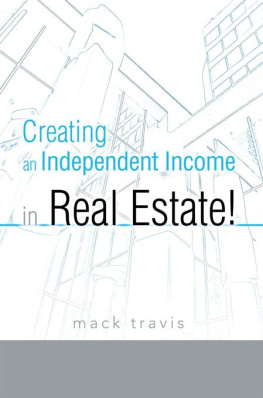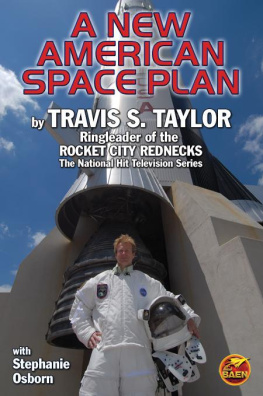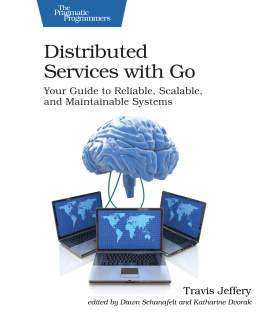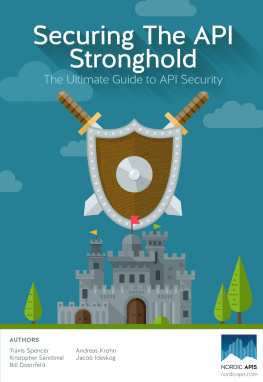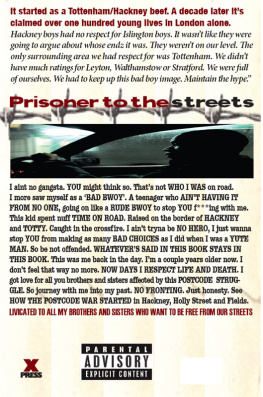Travis Lupick - Fighting for Space
Here you can read online Travis Lupick - Fighting for Space full text of the book (entire story) in english for free. Download pdf and epub, get meaning, cover and reviews about this ebook. year: 2018, publisher: Arsenal Pulp Press, genre: Detective and thriller. Description of the work, (preface) as well as reviews are available. Best literature library LitArk.com created for fans of good reading and offers a wide selection of genres:
Romance novel
Science fiction
Adventure
Detective
Science
History
Home and family
Prose
Art
Politics
Computer
Non-fiction
Religion
Business
Children
Humor
Choose a favorite category and find really read worthwhile books. Enjoy immersion in the world of imagination, feel the emotions of the characters or learn something new for yourself, make an fascinating discovery.

- Book:Fighting for Space
- Author:
- Publisher:Arsenal Pulp Press
- Genre:
- Year:2018
- Rating:4 / 5
- Favourites:Add to favourites
- Your mark:
- 80
- 1
- 2
- 3
- 4
- 5
Fighting for Space: summary, description and annotation
We offer to read an annotation, description, summary or preface (depends on what the author of the book "Fighting for Space" wrote himself). If you haven't found the necessary information about the book — write in the comments, we will try to find it.
Fighting for Space — read online for free the complete book (whole text) full work
Below is the text of the book, divided by pages. System saving the place of the last page read, allows you to conveniently read the book "Fighting for Space" online for free, without having to search again every time where you left off. Put a bookmark, and you can go to the page where you finished reading at any time.
Font size:
Interval:
Bookmark:
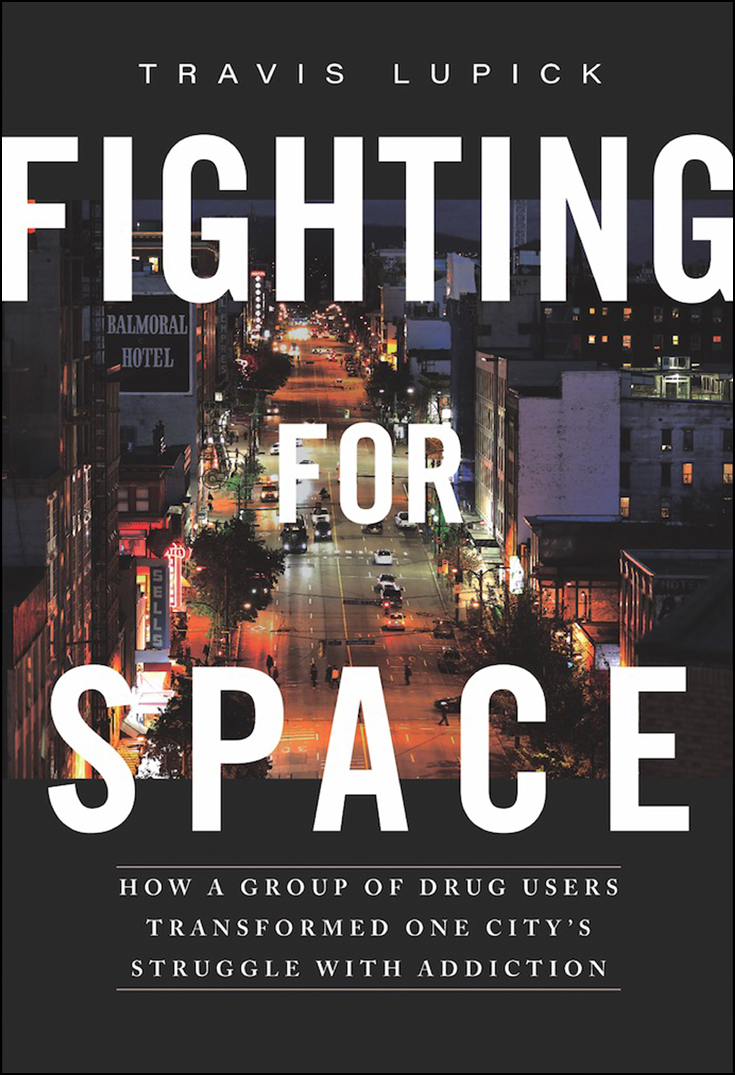


FIGHTING FOR SPACE
Copyright 2017 by Travis Lupick
FIRST U.S. EDITION: 2018
All rights reserved. No part of this book may be reproduced in any part by any meansgraphic, electronic, or mechanicalwithout the prior written permission of the publisher, except by a reviewer, who may use brief excerpts in a review, or in the case of photocopying in Canada, a license from Access Copyright.
ARSENAL PULP PRESS
Suite 202 211 East Georgia St.
Vancouver, BC V6A 1Z6
Canada
arsenalpulp.com
The publisher gratefully acknowledges the support of the Canada Council for the Arts and the British Columbia Arts Council for its publishing program, and the Government of Canada, and the Government of British Columbia (through the Book Publishing Tax Credit Program), for its publishing activities.

Chapters 31 and 33 include sections from articles by the author that were previously published: Travis Lupick, A Community Response: How the Worst Overdose Epidemic in Vancouvers History Left the Downtown Eastside to Fend for Itself. Georgia Straight, December 10, 2016. Travis Lupick, Legal Heroin: As the Fentanyl Crisis Continues, One Vancouver Doctor Moves People out of the Alleys and into a Clinic. Georgia Straight, March 11, 2017.
Text design by Electra Design Group
Cover design by Oliver McPartlin, cover photo by Amanda Siebert
Edited by Susan Safyan
Library and Archives Canada Cataloguing in Publication:
Lupick, Travis, 1985-, author
Fighting for space: how a group of drug users transformed one citys struggle with addiction / Travis Lupick.
Issued in print and electronic formats.
ISBN 978-1-55152-713-0 (ebook)
1. Drug addictsBritish ColumbiaVancouverSocial conditions. 2. Drug addictsHealth and hygieneBritish ColumbiaVancouver. 3. Drug addictsCivil rightsBritish ColumbiaVancouver. 4. Drug addictsPolitical activityBritish ColumbiaVancouver. 5. Drug addictsLegal status, laws, etc.British ColumbiaVancouver. 6. Drug addictionTreatmentBritish ColumbiaVancouver. 7. Drug addictionBritish ColumbiaVancouverPrevention. 8. Opioid abuseBritish ColumbiaVancouver. 9. Drug addictionBritish ColumbiaVancouver. I. Title.
HV5840.C32V36 2017 362.29150971133 C2017-904038-3
C2017-904039-1
Our governments and police have waged a war on people who use drugs. This book is for their victims; for those in prison, for those whom they have pushed into the shadows, and for those who are no longer with us.
Table of Contents
Contents
Downtown Eastside
Nonprofit Organizational Chart

Harm reduction in Vancouvers Downtown Eastside

Vancouver Area Network of Drug Users (VANDU)
Ann Livingston home
Back Alley injection site
Dunlevy injection site
Carrall injection site
Street Church (VANDU HQ 1)
LivingRoom Drop-In (VANDU HQ 2)
VANDU HQ 3
VANDU HQ 4
VANDU HQ 5
Main & Hastings needle exchange
Portland Hotel Society (PHS)
Liz Evans & Mark Townsend home
Old Portland Hotel
New Portland Hotel
Washington Hotel
Visit fightingforspace.com to view this map online
Sunrise Hotel (Dean Wilson home)
Roosevelt Hotel
New Fountain Shelter / Stanley Hotel
Rainier Hotel
Woodwards Community Housing
Washington Needle Depot
Thunder Box injection trailer
Insite/Onsite
Drug Users Resource Centre
Interurban Gallery
Other
Carnegie Community Centre
Oppenheimer Park
Pigeon Park
Crosstown Clinic
OPS injection tent
There are two kinds of people in the Downtown Eastside: the ones that desperately want to leave and the ones who know theyre home. Melissa Eror
I n a beat-up old hotel, Mark Townsend watched one of his tenants, a woman named Mary Jack, crawl up the stairs, so crippled by the symptoms of withdrawal that she couldnt lift her body to walk. It was 1992, Townsend recalls, and doctors required a thorough examination and patient history before they would prescribe methadone to someone addicted to drugs. Often that took several days.
How can we make this womans life bearable? he remembers thinking. The rules were wrong, Townsend decided. He found a doctor who put Mary on methadone immediately. They broke the law. That still didnt solve Marys addiction to heroin; she would struggle with that for many years. But they addressed her immediate pain and made her well enough to fight another day.
Like Townsend, activists, health-care workers, and some politicians in cities across North America are realizing that they will have to break and rewrite the rules on how society addresses addiction. The continent is in the grips of an overdose epidemic. In 2016, there were an estimated 64,000 fatal drug overdoses across the United States, up from less than 15,000 twenty years earlier. For people under the age of fifty, an overdose associated with an opioid is now the number one cause of death in the United States. Heroin has reached the middle class and suburban America. At the same time, public opinion is turning against the war on drugs. Many policymakers are beginning to look at addiction as a health-care issue as opposed to one for the criminal justice system.
One Canadian city has seen this sort of crisis before. In response, a grassroots group of drug addicts waged a political street fight for two decades to transform how Vancouver treats its most marginalized citizens.

Beginning in the early 1990s, activists pushed the city to adopt a four pillars approach to addiction. Authorities would continue with the pillars of prevention, treatment, and enforcement, but also deploy a series of complementary programs described as harm reduction. The city defined it like this: The principles of harm reduction require that we do no harm to those suffering from substance addiction, and that we focus on the harm caused by problematic substance use, rather than substance use per se.
In Vancouver, the municipal government accepted that it could not immediately help every addict stop using drugs. Therefore, for those people who had failed to get clean, or who simply were not ready for that step, it would attempt to make drug use less harmful.
Inherent in harm reduction is an understanding that it is not necessarily the drugs themselves that do the most damage to a user; the laws and systems of prohibitionwhich make drug procurement and possession illegalare what hurt people the most. When a person addicted to cocaine injects with a dirty needle, it is not the cocaine that poses a risk of infectious disease but the syringe. So why not make a clean needle available? Yes, the risk of overdose remains, as does the much larger issue of the addiction itself, but the potential harm of an infectious disease is removed. When someone uses heroin in an alley, hurriedly injecting for fear of police, it is not the drug that causes them to rush and miscalculate their dose, possibly leading to an overdose. It is their fear of persecution. If they were offered an injection site where they could take their time and use under the observation of health-care professionals, the risks would be reduced. Again, the addiction remains. But if they overdose at an injection site and a nurse is there to monitor them, they live to make another attempt at long-term treatment.
Font size:
Interval:
Bookmark:
Similar books «Fighting for Space»
Look at similar books to Fighting for Space. We have selected literature similar in name and meaning in the hope of providing readers with more options to find new, interesting, not yet read works.
Discussion, reviews of the book Fighting for Space and just readers' own opinions. Leave your comments, write what you think about the work, its meaning or the main characters. Specify what exactly you liked and what you didn't like, and why you think so.



